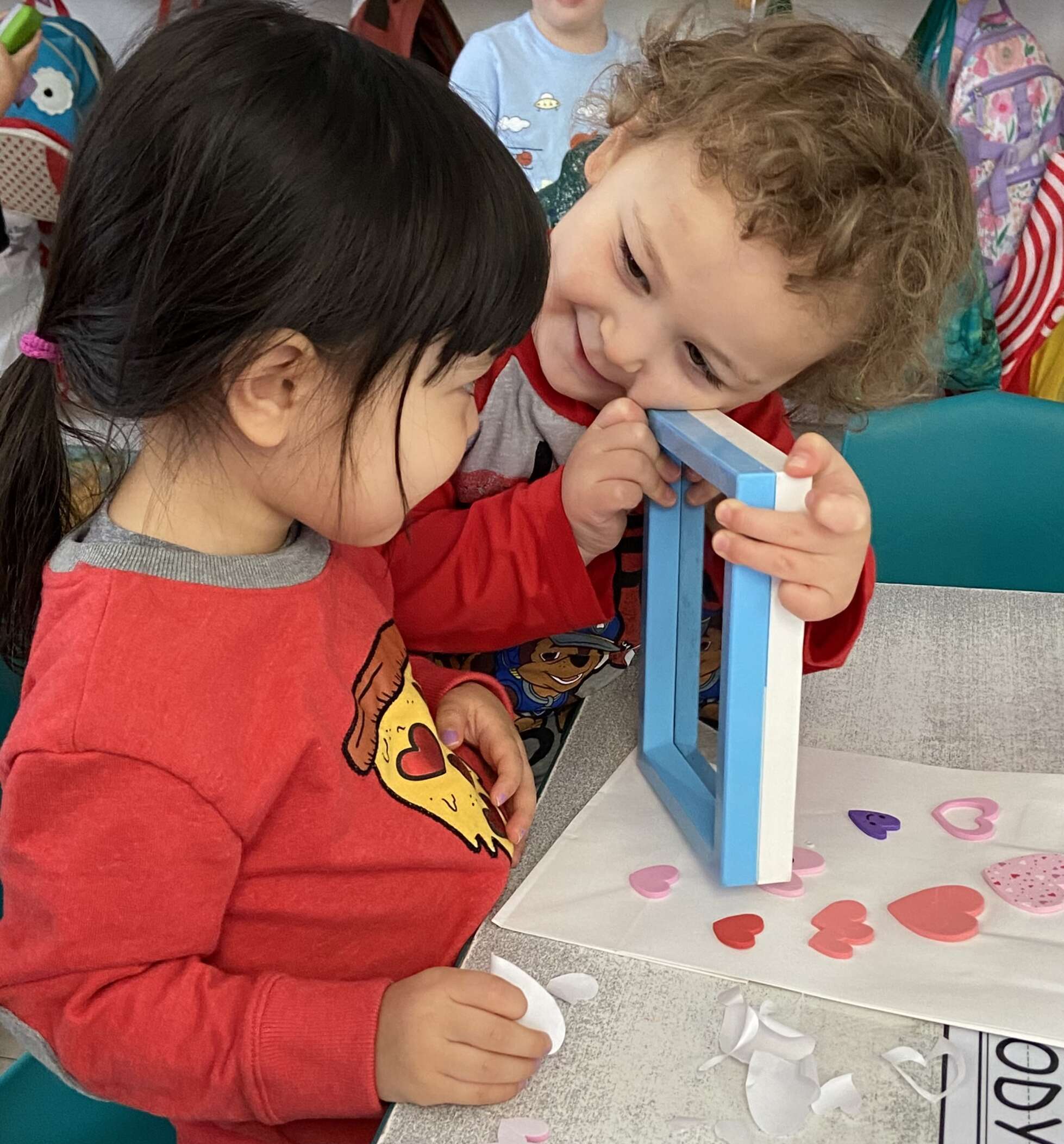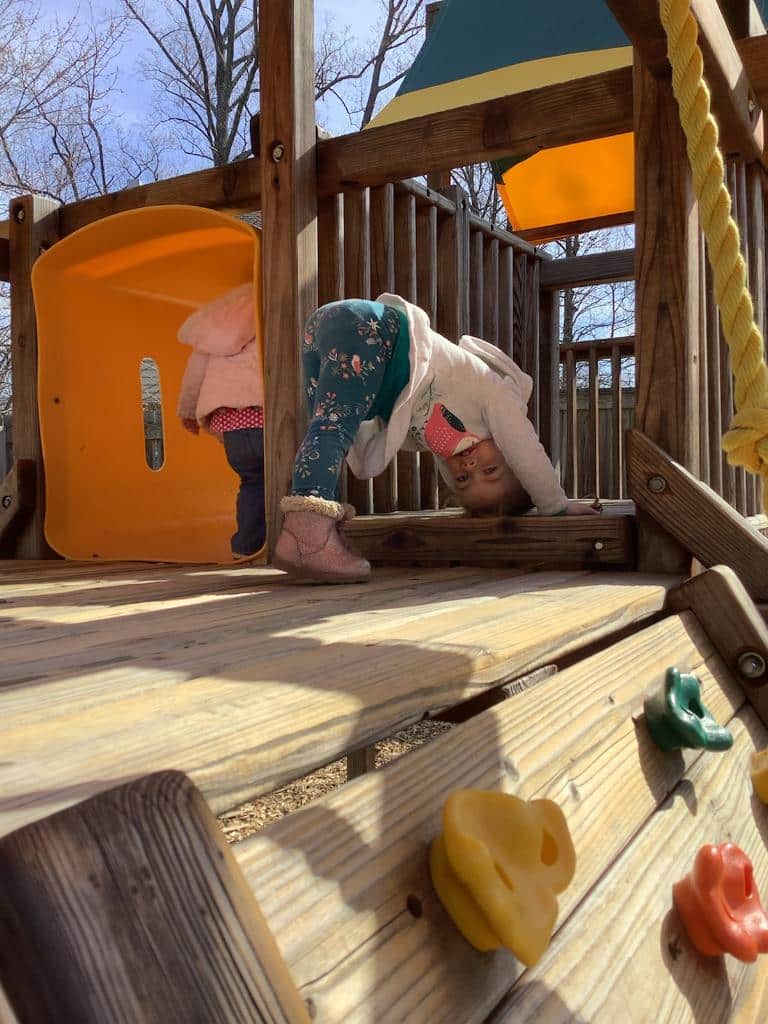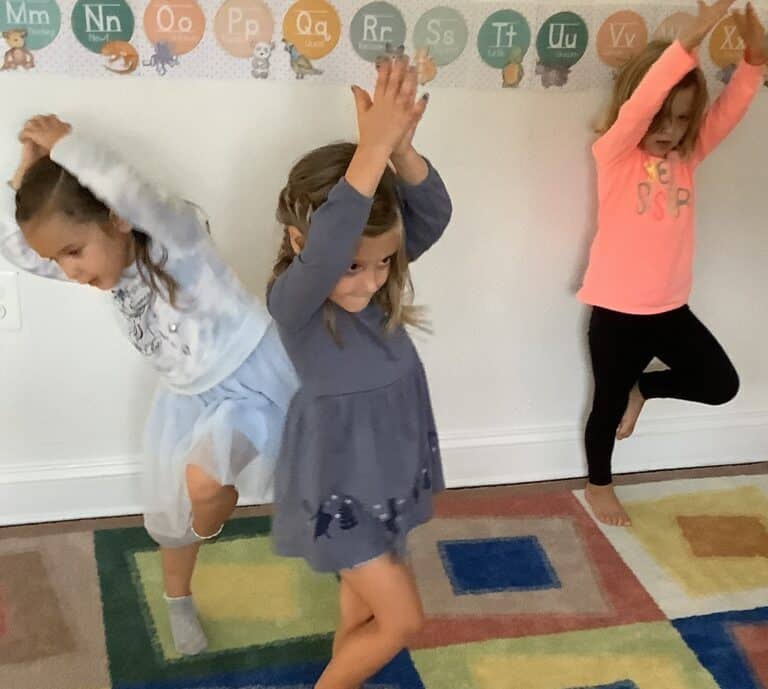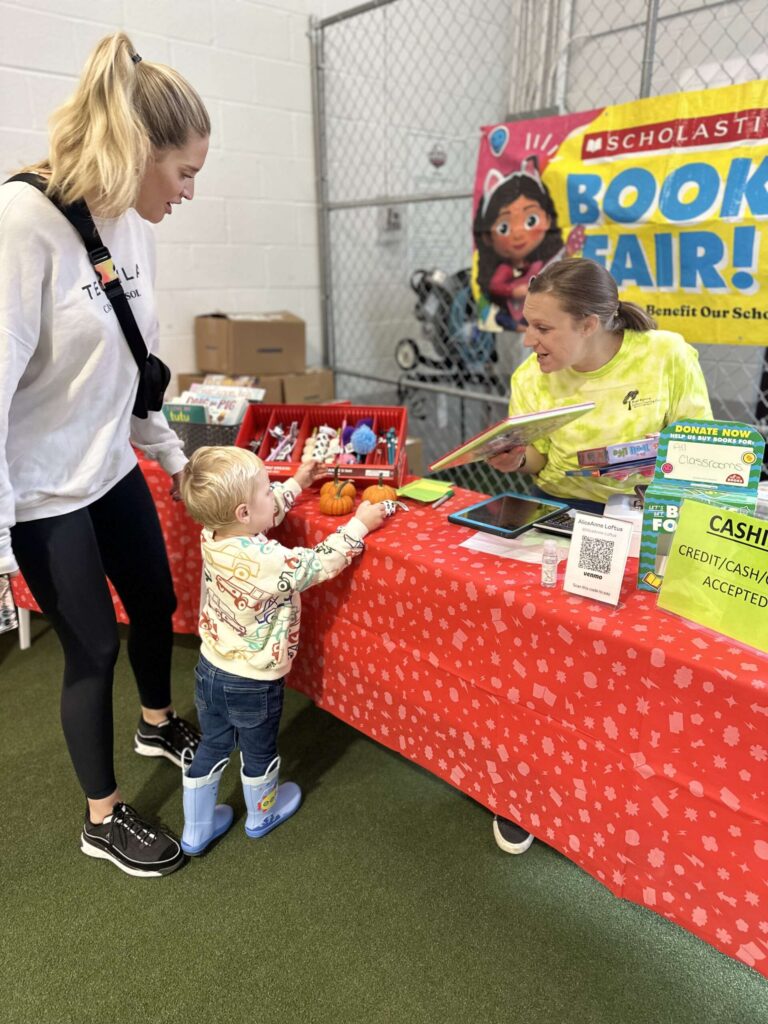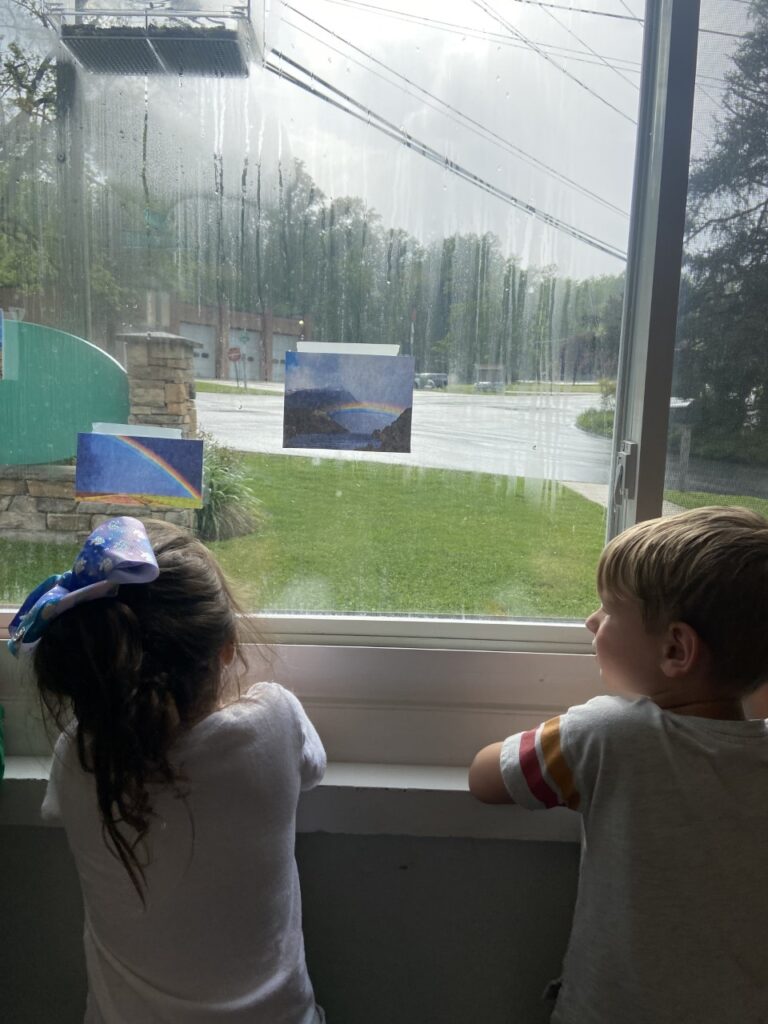We are continuing to focus on the topics of Kindness, Empathy, and Communication during the month of February! The definition of Empathy means that someone is able to share or understand the emotions and feelings of another person. Someone may need to have a certain amount of empathy before they are able to feel compassion.
Why is teaching empathy important? It is a critical social skill for others to have. It also paves the way for all other social skills. Having empathy helps to understand emotions, feelings, have compassion for others as well as being able to connect and build relationships.

Here are 10 strategies to help with teaching empathy in the classroom and at home!
- Talk about Emotions- Not just the child’s feelings, parents and teachers can model by using the I-statements and teach emotions as they come up.
- Keep an Emotional Vocabulary/Vision Board– By keeping a board for children to see, it will help them recognize different emotions.
- Teach Social Cues– Along with the Vision Board, you can also have visuals of facial expressions, body language, and tone of voice pictures as this is beneficial when teaching empathy.
- Daily Routine– Create a routine of asking your child how they are feeling. They need to know they are important, loved, and supported. This could be done during the car drive to school or during dinner time together.
- Identifying Emotions- With your child, you can identify emotions using books, magazines, and photos and encourage them to identify how each person might be thinking and feeling.
- Teaching Empathy Using Scenarios- Depending on their age, you can have children role-play (or use puppets) and create scenarios. For example, Johnny fell down on the playground and Susie laughed. How would you handle this situation?
- Build Confidence- Have the children share their strengths or what they are good at by complimenting themselves. They can write or draw 5 things they are good at and hang it up for them to see daily.
- Optical Illusions- This is a fun way to teach perspective-taking. This will teach each other that we all don’t think the same. (This activity may be geared for older children.)
- Teach Coping Strategies- Everyone needs to find effective strategies that help manage tough emotions. Some strategies that can help are calming jars, taking a break/go to a quiet area, draw how you feel or write in your journal, listen to music and practice mindfulness/yoga.
- Encourage Random Acts of Kindness- Teaching and encouraging Random Acts of Kindness can help children think about the feelings of others. Some Random Acts of Kindness can include, donating old toys to charity, send a picture/card to someone special, donate old towels/blankets to animal shelters, paint rocks and hide them in your neighborhood, or bake treats and deliver them to your local police or fire station.
Be sure to come back next week as we continue talking about Kindness, Empathy, and Communication!

